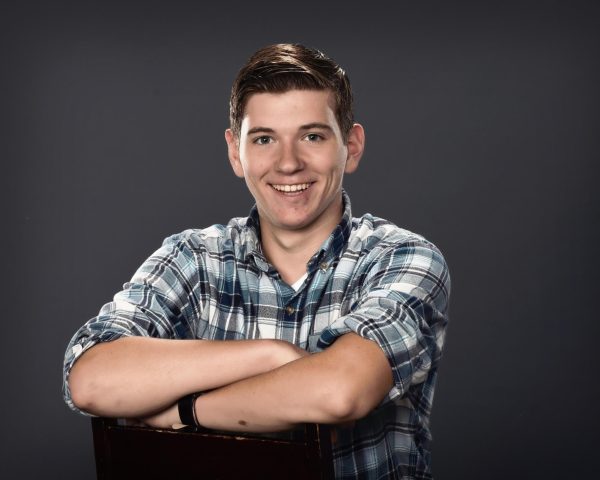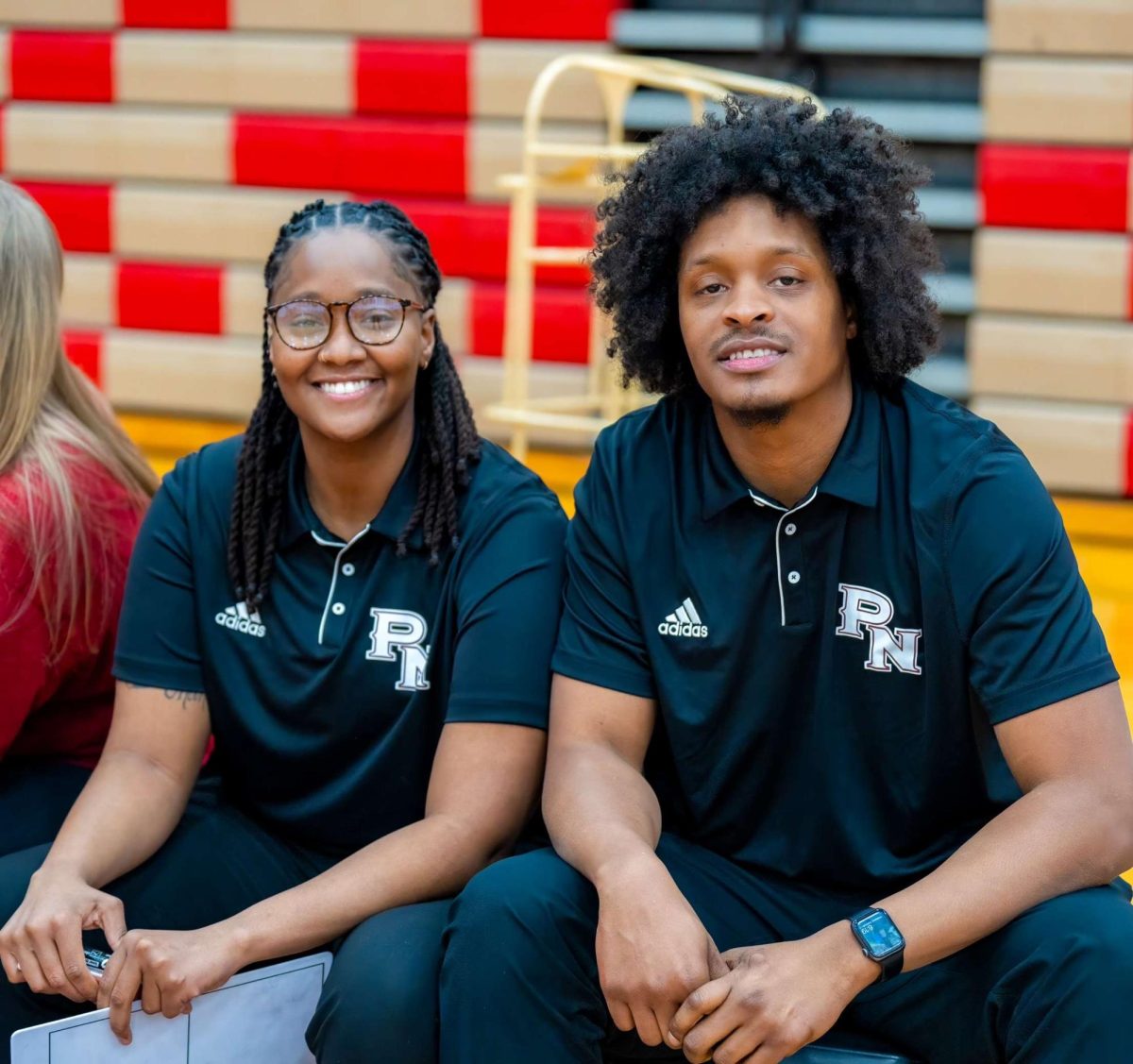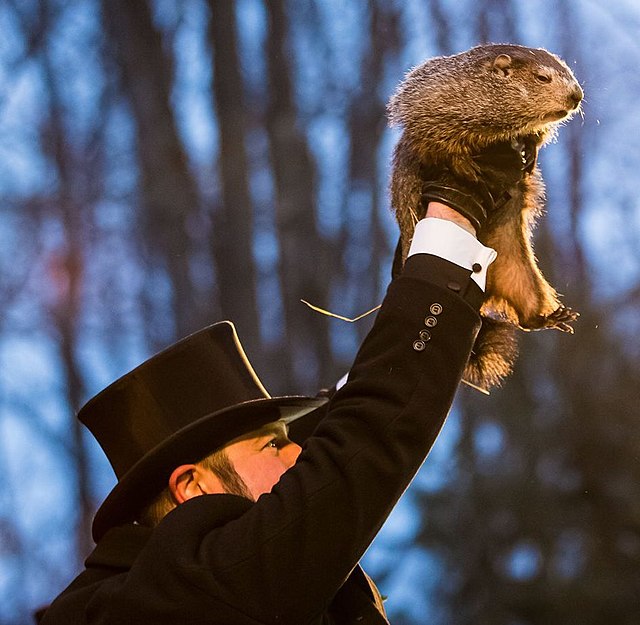Siblings Twinning
February 12, 2022
Sophomores Matthew and Marissa Steben have shared every aspect of their lives: food, friends and even teachers. Even on their birthday, a day typically devoted to showcasing one individual , they don’t have the complete spotlight.
Sharing a birthday isn’t a problem for a twin
“I don’t really mind sharing a birthday,” Marissa Steben said. “In fact, I think it’s cool. How many people can say they share a birthday with a sibling?”
According to Marina Sumarroca of Stanford University, about 10.5 million people in the U.S.,The ratio of twins in the U.S. is around 32 per 1,000 births. 0.3% of pregnancies result in identical twins, making them even rarer.
The scientific term for twins is called zygosity: monozygotic for identical twins and dizygotic for fraternals according to Pamela Prindle Fierro of VeryWell Family. The fertilization process differs for identicals and fraternals. Monozygotic twins come from the same egg/sperm combination, which is why their DNA is so similar.
Dizygotic twins have two different egg/sperm combinations and form fraternal twins.This is why they are much like typical siblings, just the same age.
The two types of twins is a common fallacy, as many don’t understand the difference between identical and fraternal.
“One of my friends asked me if we were identical or fraternal,” said junior Camila Pavon, twin sister to Ray Pavon. “And I was like, ‘we’re opposite genders.’”
Ray typically takes a more introspective approach when asked the same question.
“I’m just saying in my head, ‘do some basic thinking and you might find the answer to that.’”
Although some twins are genetically alike, many differences can still be seen in others.
“There aren’t many things we have in common,” Marissa Steben said. “We’re pretty much polar opposites, but we balance each other out. We’re the same, and we’re different in our own ways, and we bond over what makes us unique.”
Another common occurrence is for twins to correlate outfits when they are younger.
“We would match for Christmas and picture day,” Ray Pavon said. “We didn’t really mind it as long as it was comfortable and not silly-looking.”
Julie Steben, mother to Matthew and Marissa, has her own reasoning for dressing twins alike.
“If twins are identical, or just the same gender, it’s nice for parents to have two of everything,” Julie Steben said. “It’s really just fun to dress twins alike. Not everyone has two kids the same age that they can do it with.”
The Steben twins can relate to the Pavons’ experiences. However, Marissa Steben thinks the over-emphasis on matching is not always a great idea. “I think it’s cute, but it’s also nice to let personality shine,” Marissa Steben said.
Granted the negatives of being a twin, there also are many good components.
“[Camila’s] my best friend,” Ray Pavon said. “She’s always been there for me, which is helpful to me and a great experience at the same time. I’m super lucky to have her.”
Being a twin also has its own perks, different to being just a sibling. As twins grow older, they begin to share new, unique experiences. “I’d have to say my favorite memory of us was when we got our licenses,” Camila Pavon said. “We went to Dunkin’, just the two of us, and we ordered some coffee and just talked in the car. That was the moment when we felt so free.”
Many times, as twins get older, they will also sacrifice to stay close. They may feel less like themselves when they are separated, although some also feel more whole without each other.
“I joke that I feel better without Camila, but I usually begin to feel lonesome after a few hours,” Ray Pavon said.
Often a twin considers their counterpart to be the most important person in life.
“Sure, siblings are great,” Ray Pavon said. “But to have a sibling your age, that you can always talk to, who understands you, that is a built-in best friend…that is the difference that makes life a whole lot better.”








